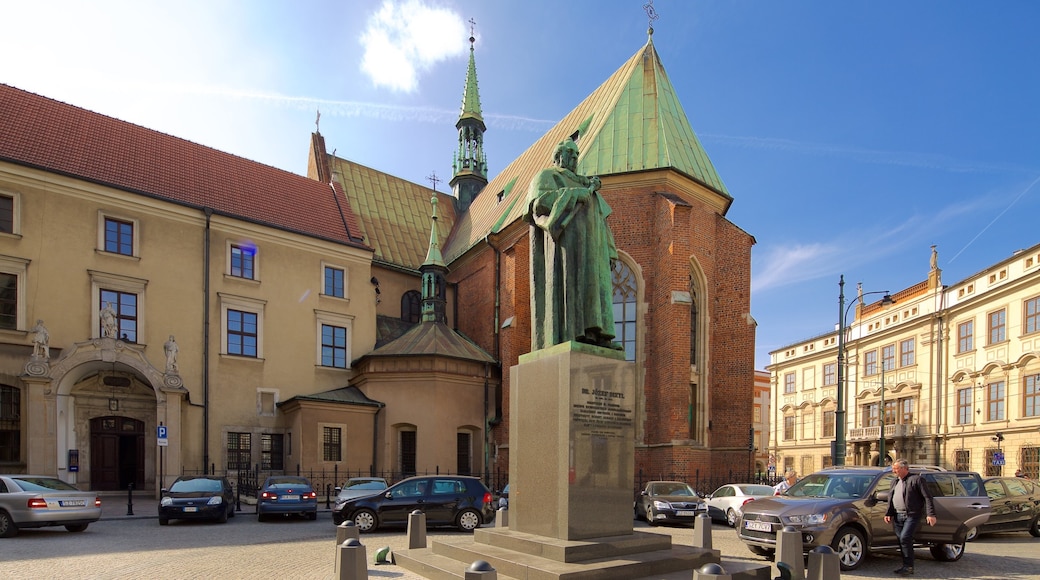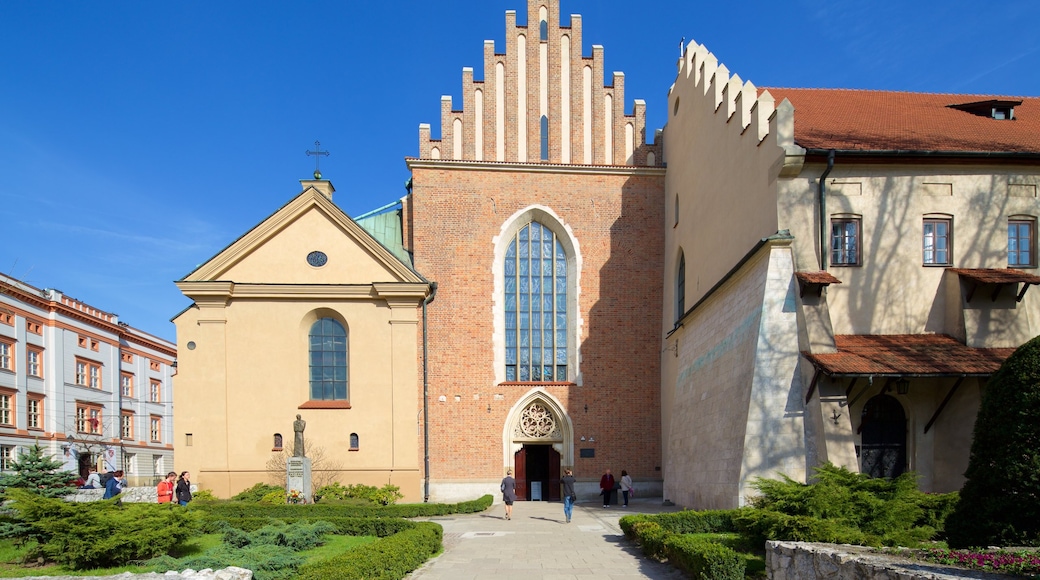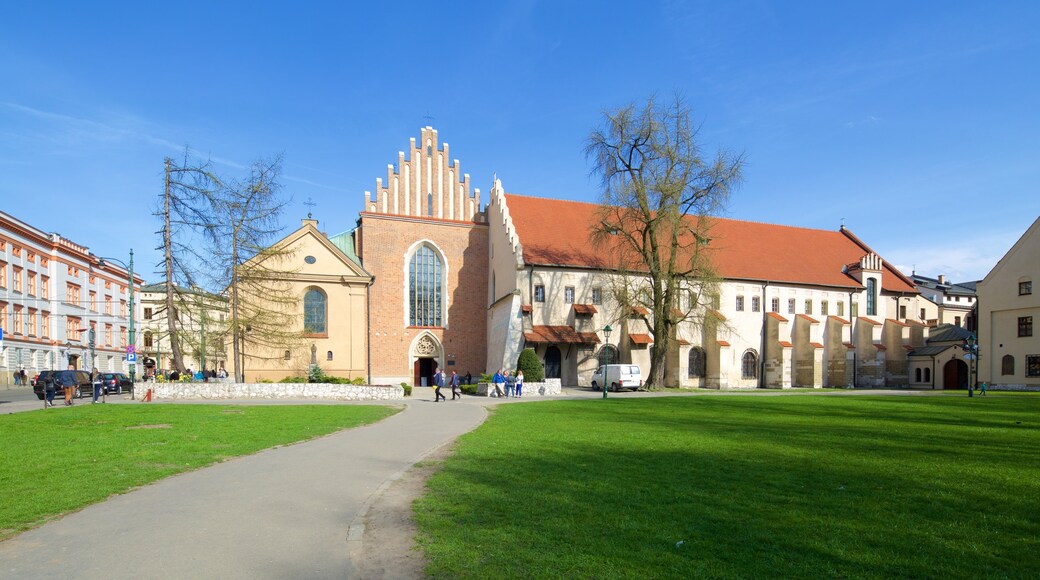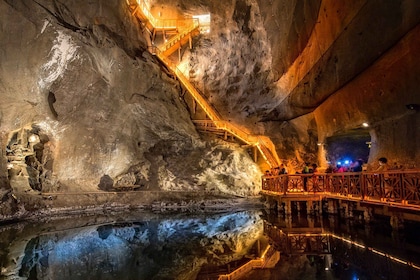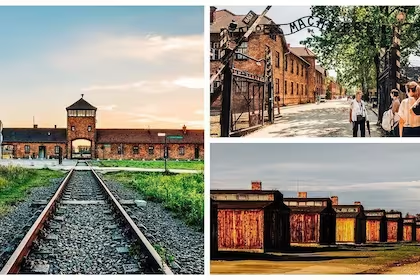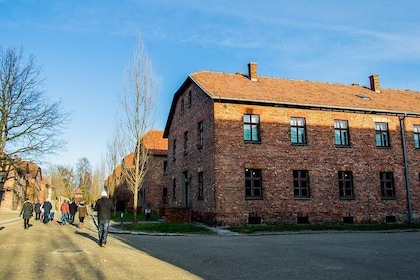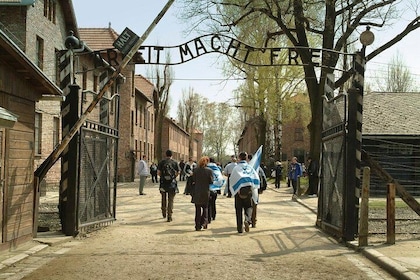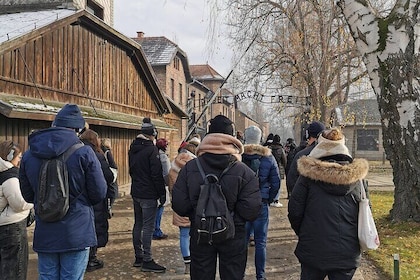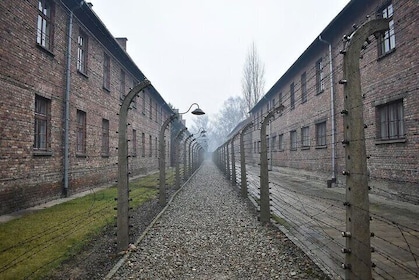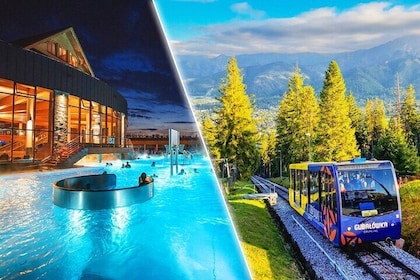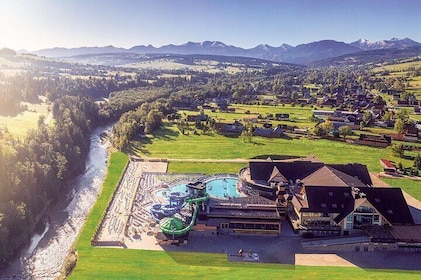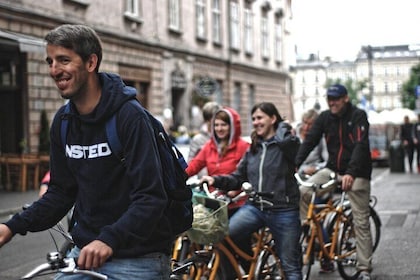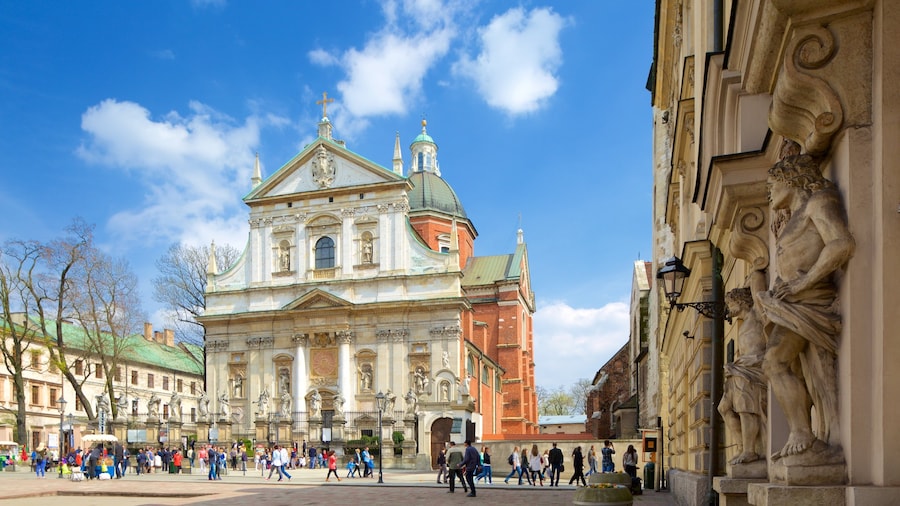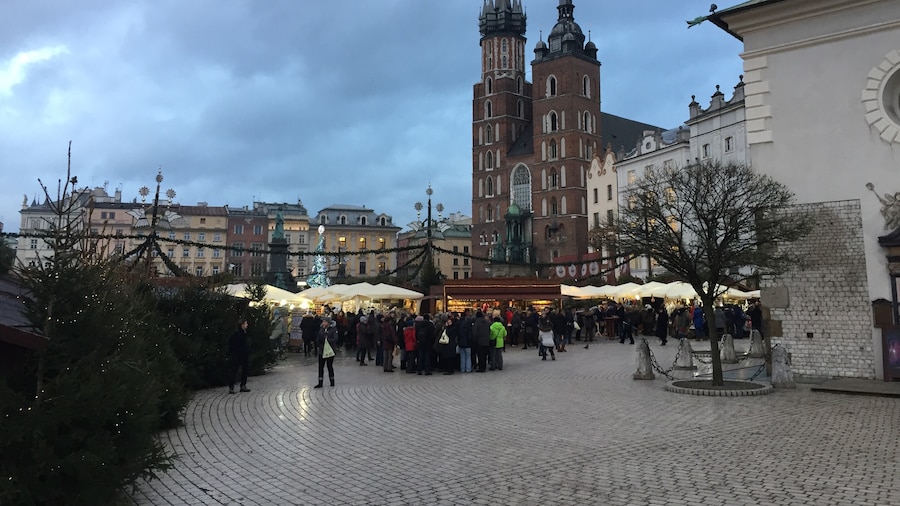Gothic architecture, stained-glass windows and the remains of a 13th-century Polish princess are among the big draws of this religious site.
When Pope John Paul II used to visit Krakow, the St. Francis of Assisi Church and Monastery is where he stayed. This ancient religious complex had previously been his base when he was a cardinal and is beloved for its art, architecture and special connection to a pope.
The church was consecrated during the first half of the 13th century and was one of the first brick structures to be built in the city. Destroyed and rebuilt on several occasions, today's building dates back to reconstruction efforts following the massive city fire of 1850.
Wander around the church’s exterior and study the Gothic design. This has been preserved through numerous renovations. Among the standout features are the spire and the tall arched windows.
The Gothic theme continues inside with the high, domed ceiling and long nave. Your eyes will certainly be drawn to the wonderful stained-glass windows. They were designed by Stanisław Wyspiański, a prominent Polish playwright and painter of the late 19th and early 20th centuries. Look over his most famous piece, Let It Be, whichdepicts God in the creation process.
Only a few areas of the church can be traced back to the years before the fire. Perhaps the most impressive is the 15th-century Chapel of the Blessed Salomea beside the entrance. This features a magnificent Baroque coffin containing the remains of Salomea, a 13th-century Polish princess. A niche in the chapel holds a vessel with the bones of Duke Boleslav the Shy. Stop by the Chapel of the Lord's Passion to see the copy of the Turin Shroud.
After your church tour, visit the courtyards and buildings of the adjacent monastery. Wander through the cloisters and see fragments of 15th-century paintings. There are images of St. George fighting the dragon and the stigmatization of St. Francis. Then view the portraits of Kraków bishops.
St. Francis of Assisi Church and Monastery is about a 10-minute walk southwest of Kraków’s main square. The complex is open daily around service times and admission is free.
